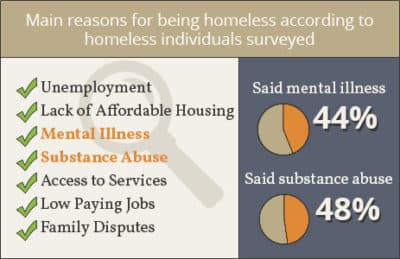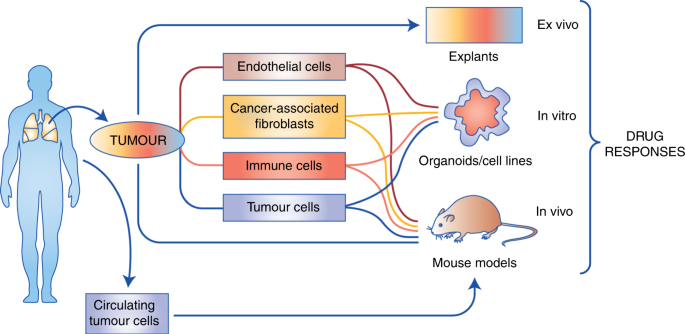Treatment plans that are worked out straight with clients invite the customer to share both initiative and duty for determining the course of treatment, consisting of both end goals and the steps to take in striving to reach those goals. Current work points toward the worth of tailoring treatments to individuals in their particular sociocultural contexts.
Therapy dyads can also generate and evaluate "person-specific" hypotheses about the practical relationships in between appropriate elements indentified in the case formulation of the client's concerns (Mumma, Marshall & Muir, 2018). In sum, a practical treatment strategy is responsive to the client's stated interests, offers flexible structure, enhances customer choice, supports decision-making, and promotes duty for results of customer habits.
The first element is the rationale offered to the customer for creating a plan; this includes the therapist's thoughtful response to the client's reaction to the planning proposal. Once the customer consents to team up on a strategy, the 2nd component defines the issue(s) to be dealt with in therapy. Third, planning involves clarification of objectives to be attempted, with the desired general result to be either resolution of the issue or at least decrease of its destructive impact.
These actions toward the objective aid make the process of altering behavior more easy to understand and workable for both the client and the therapist. Fifth, preparing specifies techniques to be used for working on each objective, or tasks to be carried out in efforts to approach goals. The significance of customizing the relevance of steps taken and reacting flexibly to clients expectations will also be highlighted.
Today area is structured around these 6 elements of a treatment strategy - how to talk to employer discretely about needing treatment for addiction. The rationale for including the customer as much as possible in formal planning of a course of treatment will be followed by a presentation Website link of some typical problems focal to lots of cases of compound usage disorders. These consist of low inspiration and low self-efficacy for altering problematic habits.
These goals include (a) increasing the client's inspiration and self-efficacy for modification, (b) improving customers' understanding of their ideas, sensations and behaviors connected with substance use and associated issues, and (c) engaging customers in action planned to promote modification. Within the sections covering each basic goal, feasible goals, methods, and timeframes will be outlined, with a specific concentrate on pertinent objectives for each objective.
Interventions to address additional problems connected with substance use disorders and associated concerns are detailed in Glidden-Tracey (2005) along with considerations for planning termination. Customers who misuse drugs or alcohol often do not have structure in substantial parts of their lives. Since their time is highly organized around alcohol or drug-related activities, or since their substance usage blunts their capacity for executive performance (or both), they may have problem setting practical objectives, establishing practical strategies, or maintaining determined effort in realms of life outside of substance use and the activities necessary to keep utilizing.
Getting My How Is Success In Addiction Treatment Measured To Work
Further mentioning the disorderly nature of a substance use condition, diagnostic criteria define that the symptomatic individual shots to give up utilizing however can not, or ignores essential life roles in favor of continued substance usage, or continues drinking or drugging even in the face of seriously negative effects. what order do you do addiction treatment. Individuals whose days have been arranged around drugs or complicated by alcohol have much to gain from the structured activity of planning treatment with a therapist.
By thus determining problems, discrepancies, and objectives, the therapist can assist customers pick how they can utilize their time together in therapy sessions to promote development toward those objectives. Collaboration to determine and prioritize specific goals and strategies with timeframes for reaching those goals assists the therapist and client together establish a treatment plan customized to the specific clients interests and issues (Washton and Zweben, 2006) - what is the best treatment for drug addiction.

Once the customer concurs to a worked out plan, the therapist will refocus on the planning process when required to clarify issues through additional assessment. Therapists can likewise carry out regular evaluation of the treatment plan to help specify customer choices http://sethnjas569.bravesites.com/entries/general/getting-the-how-many-people-not-recieve-addiction-treatment-to-work and to pick and execute actions. Furthermore, evaluation of a treatment plan likewise incorporates evaluation of the outcomes of those actions and modification of the strategy as the work progresses.
Engaging a customer in collective treatment planning remains in itself an intervention that adds to advance in treatment. Ideally it is already clear that I want to focus on the active procedure of planning treatment as well as the gotten product of a document to be submitted in the client's record.

It can work as a nonbinding contract of sorts to assist subsequent transactions in the therapy relationship. But the underlying facility is that without integrating the customer's viewpoint and activating the client's initiative, the file will be worth little more than the paper it is composed on. Telling an alcoholic client that he needs to stop consuming will not assist up until the client agrees to stop. Customers who have been handling their anger, unhappiness, disappointment, or anxiety by masking feelings behind substance-induced affect can benefit from a therapist's recommendations about other reliable techniques for coping with challenging emotions. Glidden-Tracey (2005, Chapter 9) addresses interventions to help clients manage hard affect tied up with the issues that bring them to therapy.
Customers who agree to objectives of handling psychological stimulation that disrupts effective efficiency generally require the task broken down into manageable actions. To help plan treatment methods for feeling management goals, the therapist can make use of the classic approach-avoidance conflict paradigm posed by Dollard and Miller (1950 ). Currently pointed out is the tendency for compound users in therapy to feel ambivalent about altering their patterns of consumption, considering that their compound usage yields both pleasant and uneasy outcomes.
Dollard and Miller (1950) empirically verified their hypotheses that the propensity to approach a goal would be stronger when the person is further from the objective, however avoidance activity increases quickly and eventually overtakes the method tendency as the individual gets closer to the goal. The client Mental Health Facility sitting in the therapist's office with primed awareness of the unwanted elements of compound use that landed the customer there is at that point more inspired to approach the goals of therapy than the customer will be during the time in between sessions when opportunities occur to act counter to objectives and objectives.
How Can Addiction Treatment Help With Legal Systems Things To Know Before You Get This
Frequently the client gets anxious about the clashing pulls. The customer may be more lured to prevent thinking of either the goals or the associated dispute by offering into the desire to utilize the compound, which guarantees relief from conflicting sensations, nevertheless momentary. A client who worries about handling pals who press him to drink with them can take advantage of consideration in treatment of what he can do in those minutes to stick to his goals and handle the corresponding feelings.